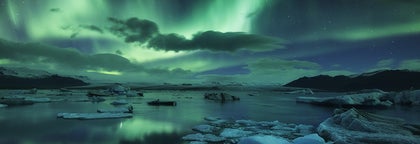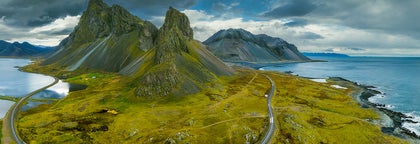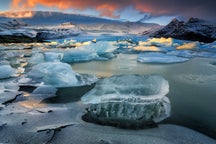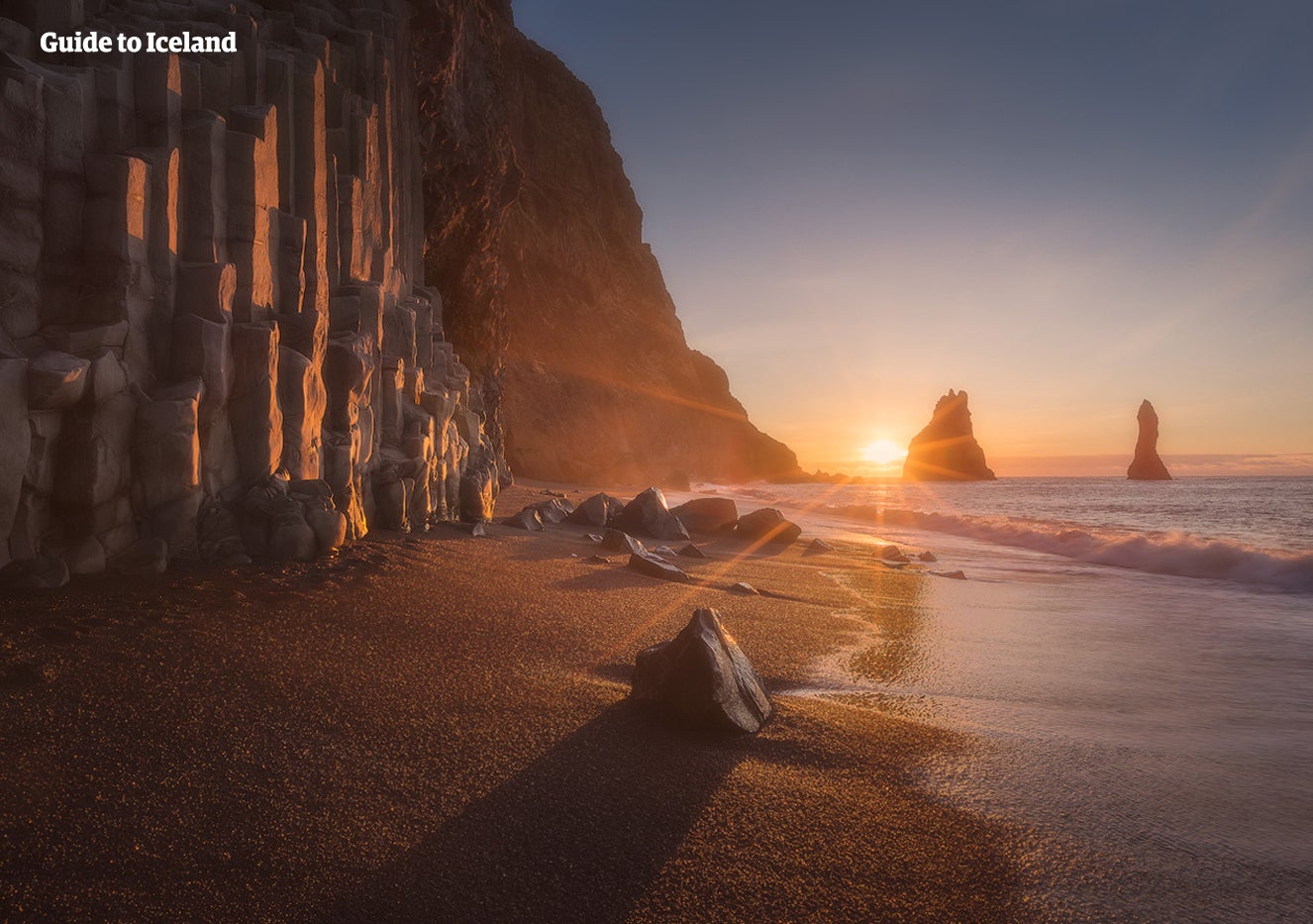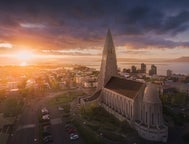
Best Horse Riding Tours in Iceland
Embrace adventure with the largest selection of horse riding tours in Iceland. Explore beautiful landscapes and get to know the adorable Icelandic horse.
Find a unique experience
Select starting location
Select dates
Starting dateFinal date
Add travelers
1 traveler
Horse Riding Tours
Refine the results by using the filters
Sort by: Popular
We offer so much more
Explore an unequalled wealth of tours and packages
Frequently asked questions
How long is typical horse riding tour in Iceland?
It depends on the experience, but you can expect to ride on the horse for between one and three hours on most tours. Check the individual tour descriptions for further information.
Do I need any riding experience for my horse riding tour in Iceland?
For certain tours, yes, but you can find numerous horse riding tours in Iceland that accommodate inexperienced or beginner riders, such as this family-friendly 1-hour horse riding tour. Some tours are even adapted for small children, such as this 40-minute horse stable visit. Please check the individual tour descriptions to see whether horse riding experience is required.
What should I wear on a horse riding tour in Iceland?
Warm and waterproof layers of clothing, sturdy shoes (such as riding boots or hiking shoes), gloves, and a thin hat to wear under your helmet is advisable for a horse riding tour in Iceland. All other equipment will be provided to you by the tour provider at the start of your tour.
How old do you have to be to go on a horse riding tour in Iceland?
It depends on the tour. Some horse riding tours are for adults only, but some tours are suitable for children as young as eight. The Icelandic horse is small and well-tempered, making them an ideal steed for younger riders.
Is there a weight limit for horse riding tours in Iceland?
The Icelandic horse can carry an adult without difficulty. However, the maximum weight will depend on the particular horse riding tour you choose. If you have any concerns regarding this, please contact us at info@guidetoiceland.is.
Will my horse riding tour in Iceland be canceled if there is rain?
Horse riding tours are usually not canceled due to rain, but if you are worried about cancelation, you can check with your tour provider on the day of your tour. If there is rain, you will be provided with raincoats by your tour provider.
Do I need to bring any equipment for a horse riding tour?
You only need to bring warm clothes and sturdy shoes for your horse riding tour in Iceland. Helmets and overalls will be provided on-site by the tour provider.
What gaits will I experience on my horse riding tour in Iceland?
This depends on the tour. At the very least, you will experience the walk, the trot, and the Icelandic horse’s "fifth gait," the unique tolt.
What do Icelandic horses like to eat? Can I bring them treats for my horse riding tour in Iceland?
You should not feed the horses without asking the owners or tour guides since they are well-fed and should not have their diet interrupted. If you wish to bond with your Icelandic horse by feeding it, simply pick up some grass or hay from the ground and see if they feel like having a snack.
Do Icelandic horses only exist in Iceland? Does Iceland have any other horse breeds?
The Icelandic horse has been an isolated and protected breed since arriving in the country with Viking settlers in the 9th century. No other breeds of horses are allowed into Iceland. The Icelandic horse may be exported, but the animals that leave can not return.
Is the Icelandic horse a pony?
No, despite being small in stature, official registries and locals always refer to it as a horse and not a pony.

Install Iceland’s biggest travel app
Download Iceland’s biggest travel marketplace to your phone to manage your entire trip in one place
Scan this QR code with your phone camera and press the link that appears to add Iceland’s biggest travel marketplace into your pocket. Enter your phone number or email address to receive an SMS or email with the download link.

























